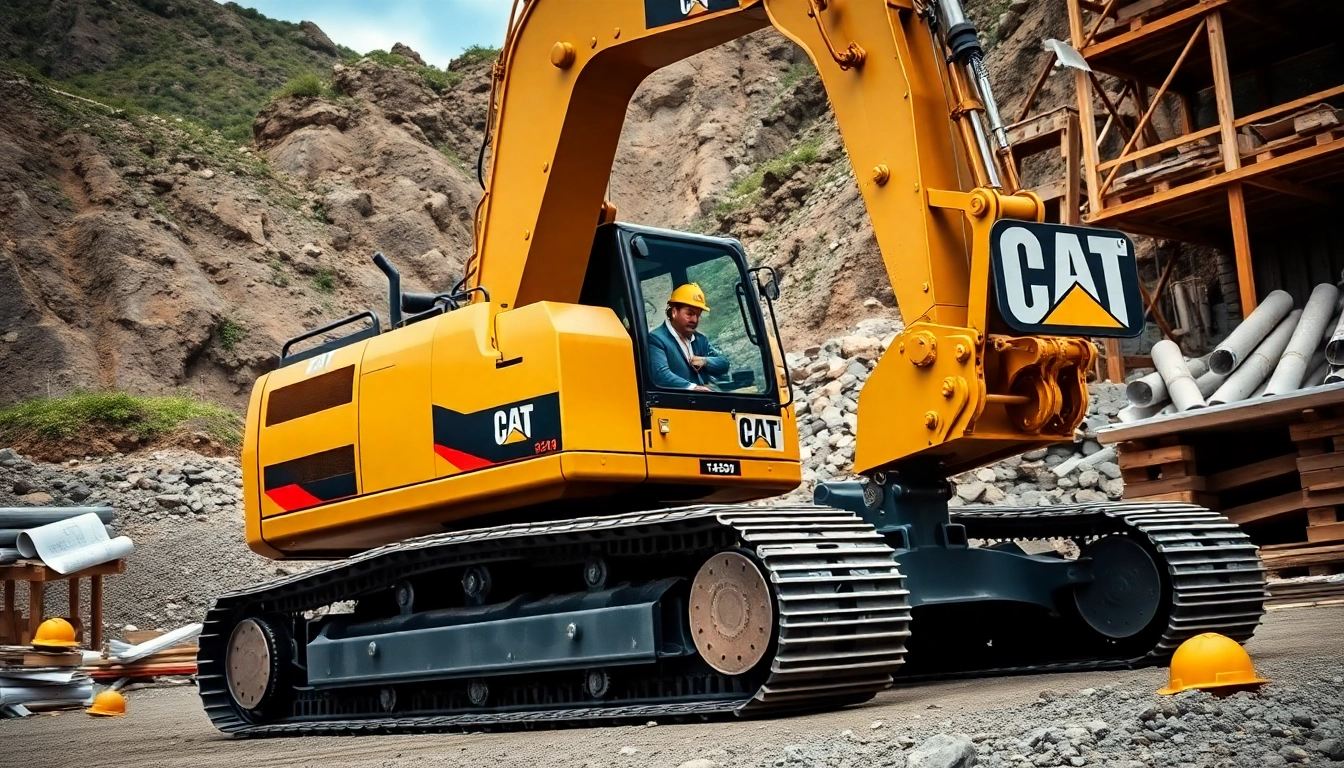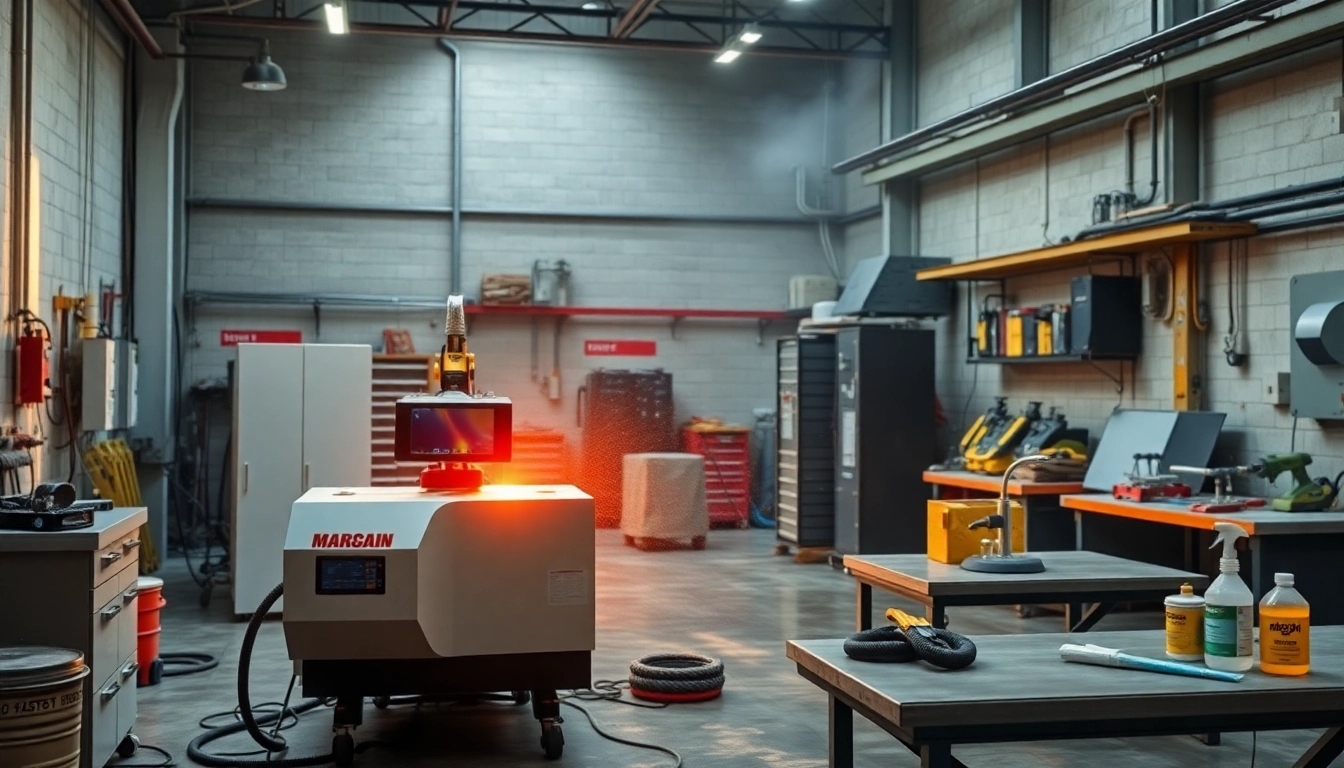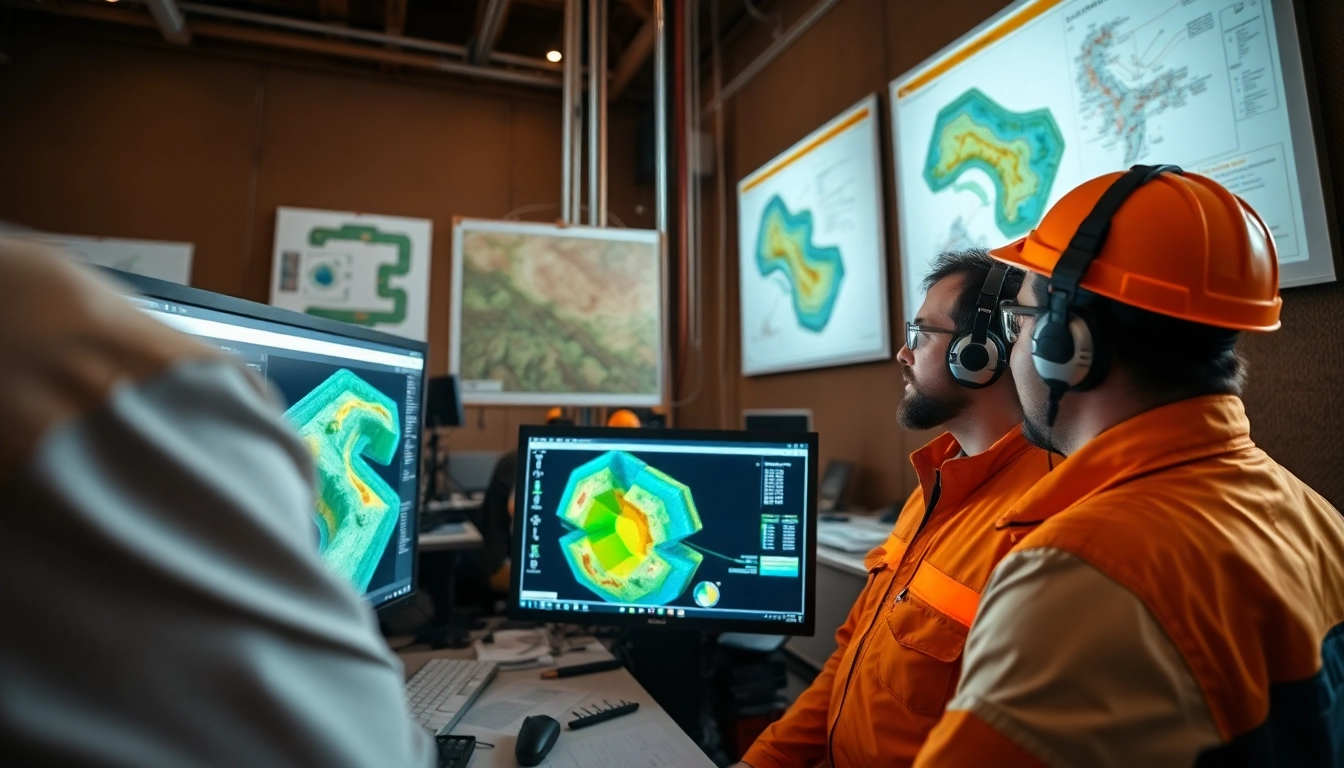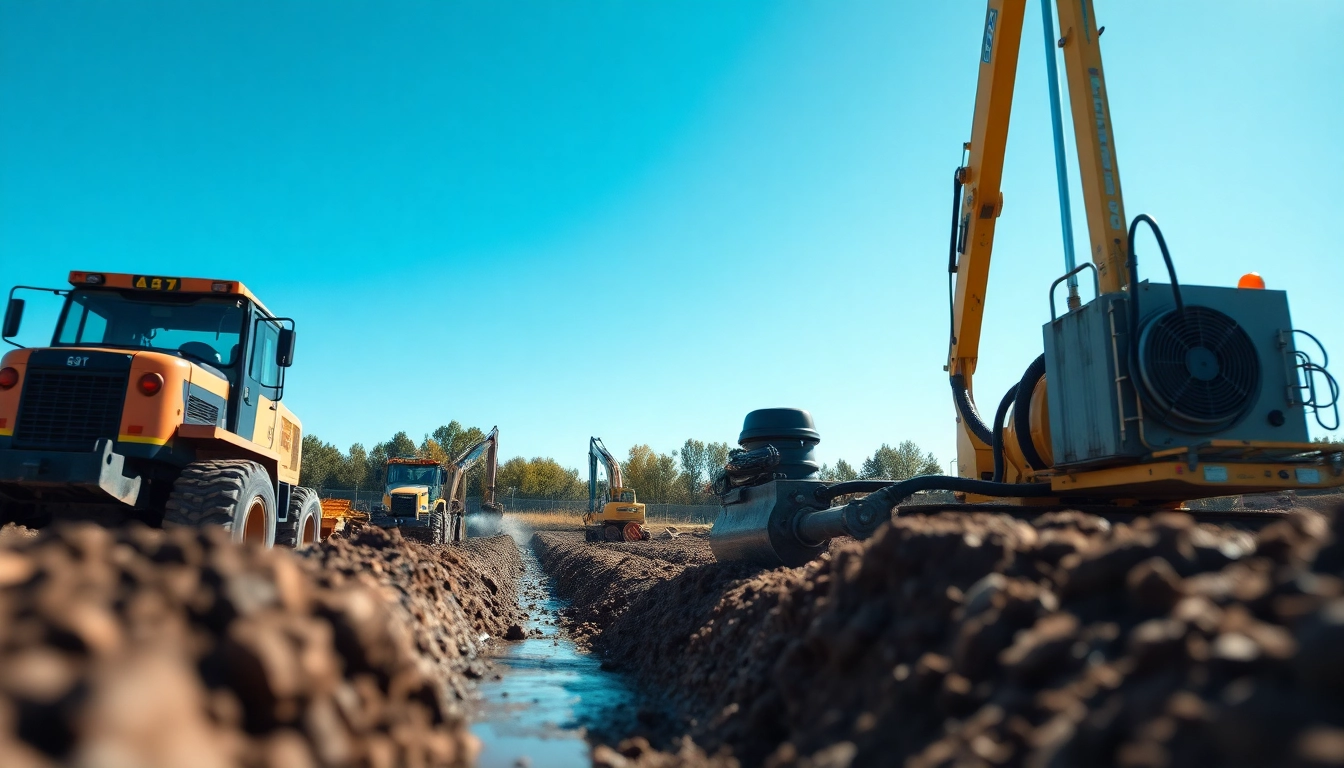Understanding the CAT Excavator: Key Features and Innovations
The CAT excavator, engineered by Caterpillar Inc., has long been a vital part of construction and excavation projects, known for its robustness and versatility. As the demand for heavy machinery continues to evolve, these machines have integrated advanced technologies, enhancing their efficiency while maintaining their core operational strength. Understanding the features and innovations behind the CAT excavator can significantly impact project success.
What Makes CAT Excavators Stand Out?
CAT excavators are synonymous with durability and reliability. Several characteristics set them apart from competitors:
- Versatility: CAT excavators come in a variety of sizes and capabilities, making them suitable for numerous applications ranging from landscaping to heavy-duty construction.
- Simplicity of Operation: User-friendly controls facilitate smoother operations, even for less experienced operators.
- Durability: Engineered with tough materials, CAT excavators are designed to withstand rugged environments, thereby extending their service life.
- Safety Features: Incorporation of advanced safety protocols, such as visibility enhancements and stability controls, ensures operator safety during operation.
- Technological Integration: Many models are equipped with telematics and automation systems, improving performance tracking and maintenance scheduling.
Overview of CAT Excavator Technologies
Caterpillar’s commitment to technological advancement is evident in its range of excavators. Key innovations include:
- Next Gen Technology: Featuring improved hydraulic systems, these excavators offer enhanced control and fuel efficiency.
- Cat Connect: An intuitive suite of features that provides data analytics, enabling more informed decision-making regarding operations and maintenance.
- Safety Innovations: Technologies such as the Cat Detect system, which alerts operators of nearby obstacles, reduce the risk of accidents on-site.
Popular CAT Excavator Models and Their Uses
The CAT lineup includes several models tailored to different needs:
- Cat 320: This model is ideal for medium to heavy applications, providing a balance between power and maneuverability.
- Cat 323: Known for its excellent digging capabilities and efficiency, perfect for larger projects that require heavy lifting.
- Cat 305: A mini excavator perfect for smaller jobs or tight spaces, offering the same durability as larger models.
The Benefits of Renting vs. Buying a CAT Excavator
For many companies, the decision to rent or buy a CAT excavator can significantly impact financials and operational capabilities. Each approach has its pros and cons.
Cost-Effectiveness of Renting CAT Excavators
Renting CAT excavators can be a cost-effective solution, especially for firms that require these machines sporadically. Renting allows companies to:
- Avoid upfront capital costs associated with purchasing equipment.
- Allocate financial resources toward core business activities.
- Access the latest models and technologies without the long-term commitment.
Flexibility and Variety in Equipment Options
By renting, businesses can select the precise model that fits their project requirements, whether they need a compact excavator for a small task or a larger machine for heavy excavation. This flexibility is particularly beneficial in fluctuating market conditions.
Maintenance Considerations When Renting
When renting, maintenance responsibilities often fall to the rental company, freeing businesses from the burden of upkeep. This can lead to an additional focus on project execution rather than logistics and machinery management.
How to Choose the Right CAT Excavator for Your Project
Selecting the appropriate CAT excavator involves careful consideration of various factors to align with project requirements.
Assessing Your Project Needs and Specifications
Begin by evaluating the specifics of your project:
- Project type: Different tasks require different excavator capabilities.
- Terrain: Assess the landscape, as some models are better suited for rocky or uneven ground.
- Load requirements: Calculate the weight and volume of materials to identify the necessary lifting capacity.
Comparative Size Guide for CAT Excavators
Understanding the size categories is crucial for selecting the right model:
- Mini Excavators: Ranging from 1 to 6 tons, ideal for tight spaces.
- Standard Excavators: Typically 6 to 40 tons, suitable for most construction tasks.
- Large Excavators: 40 tons and above, designed for heavy-duty operations in mining or large-scale construction.
Evaluating Performance Metrics for CAT Models
Look into key performance metrics such as:
- Digging Depth: The maximum vertical depth an excavator can reach is crucial for determining its suitability for deep excavation tasks.
- Operating Weight: Heavier models can perform more strenuous tasks but may not be suitable for all terrains.
- Fuel Efficiency: Understanding fuel consumption rates can aid in calculating operational costs.
Best Practices for Operating a CAT Excavator Safely
Safety is paramount when operating heavy machinery. Adhering to best practices can protect operators and equipment.
Essential Safety Equipment for Operators
Operators should prioritize safety by utilizing:
- Helmets and high-visibility gear
- Safety gloves and steel-toed boots
- Proper hearing protection in noisy environments
Common Mistakes to Avoid When Operating
Awareness of common pitfalls can enhance safety and efficiency:
- Neglecting Pre-Operation Checks: Skipping equipment inspections increases the risk of failure.
- Ignoring Load Limits: Always adhere to specified load weights to avoid accidents.
- Being Distracted: Focus solely on the operation; distractions can lead to mishaps.
Training Resources for Enhanced Safety
Investing in operator training improves proficiency and safety. Consider utilizing resources from Caterpillar or certified training programs tailored to CAT excavator operations.
Future Trends in CAT Excavator Technology and Innovation
As the industry progresses, so does the technology driving CAT excavators. Several key trends stand out for the future.
Next Generation Features in CAT Excavators
The latest models will continue to emphasize efficiency, incorporating features such as:
- Advanced Hydraulics: More responsive systems that optimize power and efficiency.
- Smart Controls: Enhanced control systems that enable operators to execute tasks with precision.
Impact of Automation on Excavator Operations
Automation technologies are beginning to reshape how excavators are operated, leading to:
- Increased productivity through automated controls.
- Improved precision in tasks like grading and trenching, resulting in better project outcomes.
Environmental Considerations and Fuel Efficiency Advancements
As sustainability becomes a focal point in construction, CAT is innovating with eco-friendly technologies, focusing on:
- Hybrid and electric models aimed at reducing carbon footprints.
- Advanced fuel efficiency mechanisms to cut down on fuel consumption and costs.















Leave a Reply